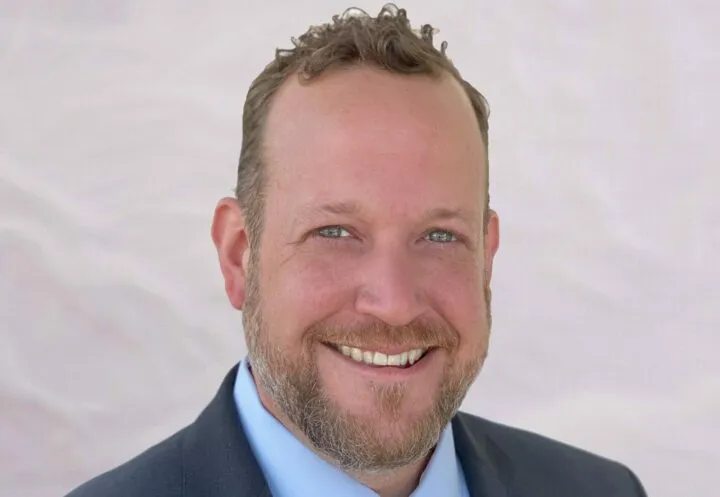The state’s process for deciding which projects from the annual construction budget to fund, and how to fund them, can be difficult to follow. Sometimes, that’s by design. Known technica…
Already an INSIDER? Sign in.
We are glad you enjoy reading Business Report.
Continue reading this story and get ACCESS to all our content from any device with a subscription now.
- Get access to more than a decade of story archives.
- Get access to our searchable data center of TOP LISTS.
- Get exclusive content only available to INSIDERS.


